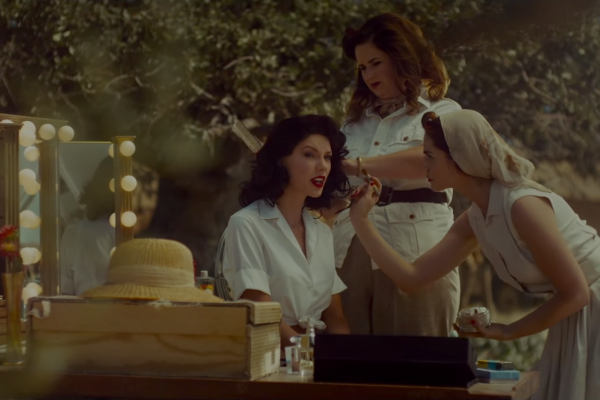Taylor Swift’s controversial new music video, “Wildest Dreams,” is intended to evoke awe of the “wildest” of African landscapes: pure natural beauty, “undiscovered” and “untarnished” — and entirely without Africans.
Perhaps because this video launched soon after Ms. Swift’s recent race- and privilege-related feud with Nicki Minaj, or because at the time of writing, the video has reached nearly 25 million views since its release on Aug. 30, response to the video has been intense. Reading articles on both sides was a conflicting experience, as a young white woman raised on fashion magazines, classic cinema, and the idealization of “old Hollywood.” Can we love and appreciate those films without endorsing that oppression? Is it possible to create an homage to them without endorsing them entirely? In short — how can we free ourselves from the cognitive dissonance of outwardly condemning racism, misogyny, and colonialism while still internally glorifying images and ideals that are built upon them?
The answer to this question may lie in other, more nuanced, portrayals of midcentury American culture.
Read the Full Article

